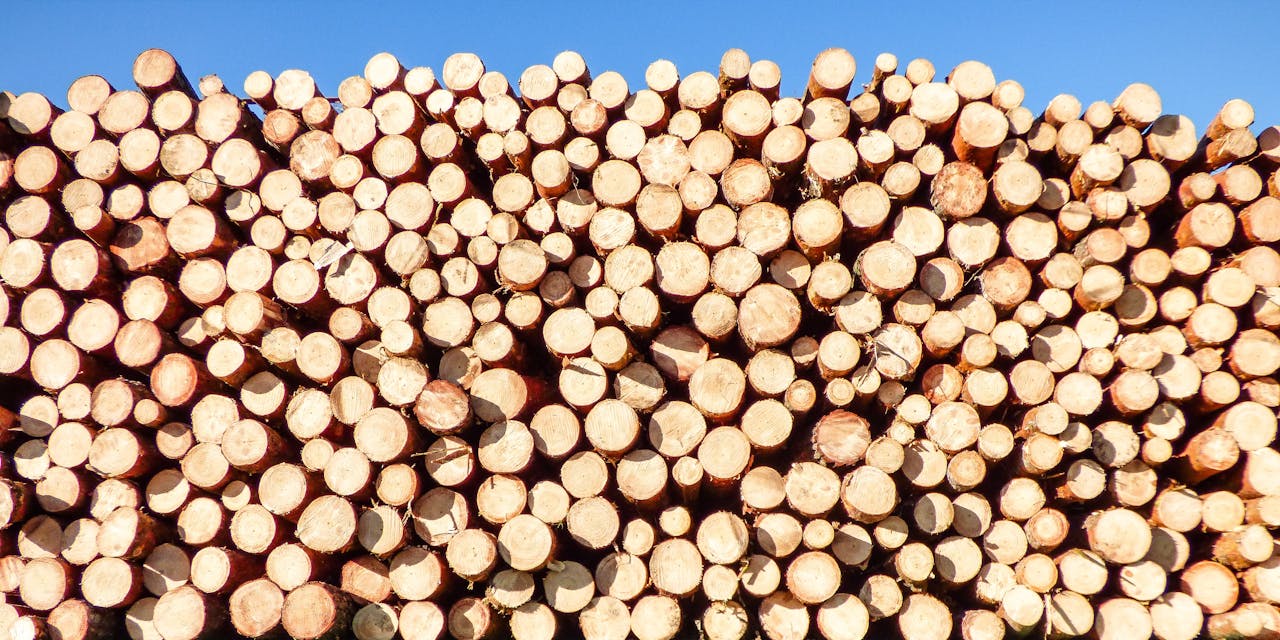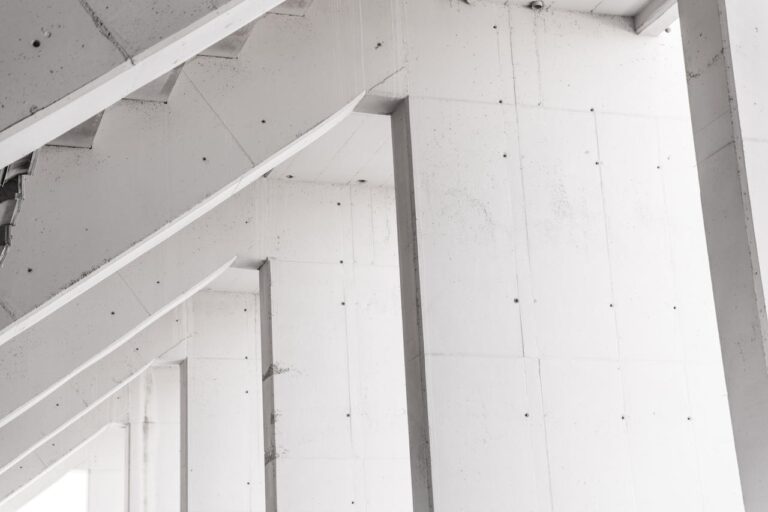
If you’ve been eyeing your tired old back deck, dreaming of something sleeker, more low-maintenance, and just… nicer, you’ve probably already stumbled across the GreenHill composite decking vs timber debate. It’s a conversation that pops up at BBQs, hardware stores, and in the corners of Facebook groups where people post “before and after” renovation shots like they’re Olympic achievements.
So, let’s cut through the noise and talk about what makes these two options different — and why composite decking is giving traditional timber a serious run for its money in Australia.
First Things First — What Even Is Composite Decking?
Imagine timber and plastic had a very sensible, very low-drama child. That’s composite decking. It’s typically made from a blend of wood fibres (often recycled) and plastics, creating a material that mimics the look of timber but comes with a bunch of benefits Mother Nature didn’t exactly install in the original model.
The result? Boards that don’t need constant oiling aren’t as vulnerable to termites, and don’t warp in the sun like your old deck did after last summer’s heatwave.
Australia’s Climate: Brutal On Decks
Anyone who’s lived through an Aussie summer knows the weather here doesn’t play fair. You get weeks of scorching sun, then rain that feels like it’s being fired from a hose in the sky. Timber’s beautiful — no one’s arguing that — but it’s also high-maintenance in this kind of climate.
That’s where composite decking flexes its muscles. It handles UV better, resists fading, and doesn’t start peeling or splintering after one bad season. Sure, you still need to give it a clean now and then, but we’re talking a bucket of soapy water and a quick scrub, not a full weekend lost to sanding and sealing.
The Aesthetic Factor
Now, the die-hard timber lovers will tell you nothing beats the warmth and grain of real wood. And yes, there’s something romantic about it. But here’s the thing — composite decking has come a long way in the looks department. We’re not talking the flat, plasticky boards of 15 years ago.
These days, you can get composite boards with textured surfaces, varied colour tones, and even subtle grain patterns that feel almost identical to the real thing. Plus, because the colour is blended throughout the material, scratches are less obvious. Which is great if you have kids… or dogs… or clumsy friends who drop metal BBQ tools on your deck.
Maintenance: The Big Decider
Here’s where many homeowners switch camps. Timber is gorgeous, but to keep it looking that way, you’re committing to a maintenance schedule that’s… well… needy—oiling every 6–12 months and cleaning more often, and checking for rot, termites, and nails lifting.
Composite decking? You wash it occasionally. That’s about it. No oiling. No staining. No splinters lurking in the shadows, waiting to ruin someone’s day. If your weekends are already jam-packed — or you’d simply prefer to spend them doing anything else — composite starts looking very attractive.
Durability And Lifespan
A well-cared-for timber deck can last decades. But here’s the catch: well-cared-for. That means sticking to that maintenance schedule like it’s your religion. Neglect it for a couple of seasons, and you’ll be battling grey, cracked boards before you know it.
With composite decking, the lifespan is generally longer with much less upkeep. Many manufacturers offer warranties of 20–25 years for residential use. In other words, you can pretty much set it and forget it — without worrying that in 5 years, it’ll look like you built it from leftover pallets.
The Sustainability Side
If you’re trying to make more eco-conscious choices, composite is worth a closer look. Many composite decking products in Australia are made with recycled wood fibres and plastics. It’s not perfect — there’s still a plastic component — but in many cases, it’s helping divert waste from landfill and reducing demand for freshly milled timber.
And because it lasts longer, you’re not replacing boards as often, which means less material production over time.
The Cost Conversation
Let’s be honest — price is usually where the big decision happens. Timber can be cheaper upfront, especially if you go for treated pine. Hardwood? That’s where costs climb. Composite decking usually sits somewhere between treated pine and high-end hardwoods for initial outlay.
But here’s the kicker — long-term, composite can work out cheaper because you’re not spending money on oils, stains, or repairs. That’s where you’ve got to think beyond the first bill.
Also Read: Different Types of Decking Boards You Should Know About
The Verdict? Depends On Your Priorities
If you love the look and feel of natural wood, enjoy a bit of hands-on maintenance, and don’t mind the upkeep, timber will always have its place. But if you want something tough, low-maintenance, and ready to handle Australia’s temperamental weather, composite decking is a very strong contender.
It’s a bit like the debate between manual and automatic cars. Some people just like the old-school feel, quirks and all. Others want convenience, reliability, and less fuss. Neither is wrong. But knowing the facts makes the decision a whole lot easier.
So, next time you’re scrolling through home improvement inspo or wandering the aisles at Bunnings, take a closer look at composite decking from Green Hill Timbers. Feel the texture. Check the colour range. Ask about warranties. Imagine your weekends not being swallowed by a sanding marathon.
And maybe — just maybe — you’ll find yourself quietly joining the growing number of Australians swapping their splinters for something smoother, smarter, and built for the long haul.








